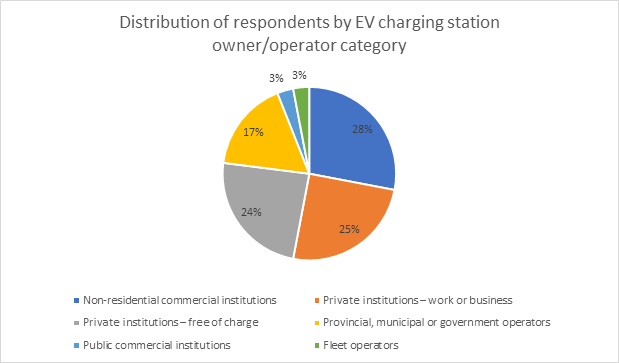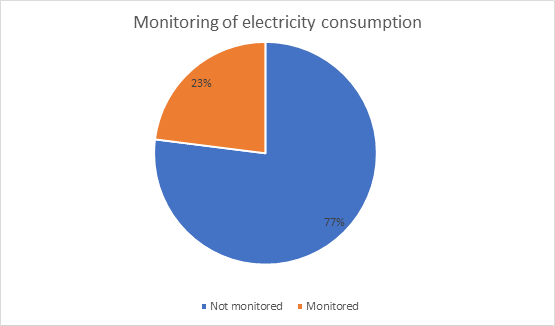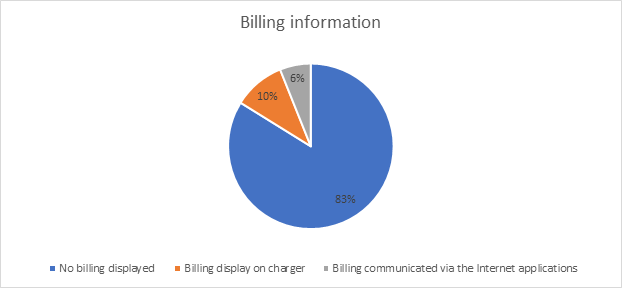The survey of electric vehicle (EV) charging device owners and operators was an ongoing collection of information from Canadians who operate or are likely to operate EV charging stations for the purpose of obtaining data on charging processes, billing approaches and payment methods. The feedback was collected through a questionnaire. The questionnaire focused on four main areas:
- the types of organizations who own and operate EV charging stations and the charging systems they use;
- the billing methods used for charging EV customers;
- whether an electricity utility meter is used to monitor the EV charging equipment; and
- how billing information is displayed and stored.
The input received will inform decisions related to developing kilowatt-hour (kWh) requirements for EV charging stations in the Canadian marketplace. Our field staff sent 516 invitations to stakeholders who operate or are likely to operate EV charging stations across Canada. We received 56 responses. As seen in our other EV-related activities, the results from this data collection supported the need to shift from a charge per minute to a charge per kWh for an EV charge in Canada.
EV charging station owners and operators
The respondents indicated that they represented the following categories of EV charging station owners/operators:
- non-residential commercial institutions (28% of respondents)
- private institutions – workplace or business (25% of respondents)
- private institutions – free of charge (24% of respondents)
- provincial, municipal or government operators (17% of respondents)
- public commercial institutions (3% of respondents), and
- fleet operators (3% of respondents).
Figure 1 – Distribution of respondents by type of EV charging station owner/operator

Billing method for EV charging
The majority of the respondents (49 respondents, or 87.5%) offer a free EV charging service, while some respondents (3 respondents, or 5%) charge based on time (e.g. rate per minute) or on the length of a charge session.
Figure 2 – Distribution of respondents by billing method

Monitoring of electricity consumption
A total of 77% of respondents indicated that the electricity consumption of their EV charging equipment is not monitored by an electricity utility meter, while 23% indicated that their charging equipment is monitored by an electrical utility meter.
Figure 3 – Monitoring of electricity consumption

Display and storage of billing information
Regarding the billing information, 83% of respondents indicated that they do not have displays on their chargers to share their billing information with customers because they offer their services free of charge. However, 10% of respondents indicated that the billing information is displayed directly on the charger, while 6% provided this information remotely to customers via Internet applications.
Figure 4 – Billing information

Transaction data is stored in the EV charger's onboard memory (6% of respondents) or remotely, outside the charging device (31% of respondents). A total of 63% of the respondents do not store any transaction data.
Figure 5 – Distribution of respondents by whether transaction data is stored

Next steps
The data is being used to inform the development of strategies to address existing EV charging equipment and billing approaches.
